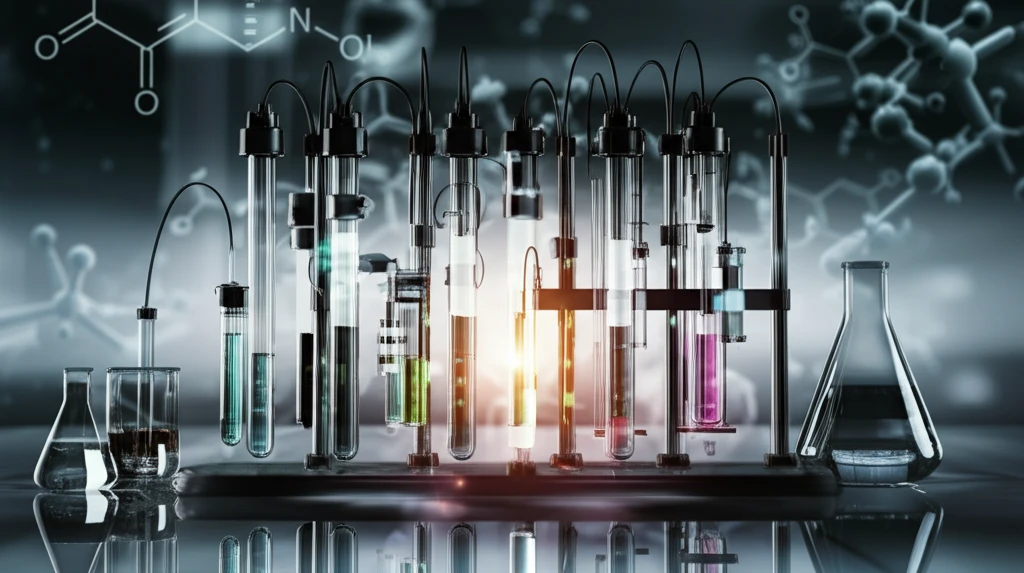
Unlocking Relief: A Revolutionary Way to Determine Hyoscine Butylbromide in Pharmaceuticals
"Discover how a cutting-edge chemiluminescent system is enhancing drug analysis and ensuring medication safety."
Ensuring the purity and correct dosage of medications is crucial for patient safety and effective treatment. Hyoscine butylbromide (HBB), commonly used to treat gastrointestinal disorders and spasms, requires precise quantification to guarantee its therapeutic benefits and minimize potential side effects. Traditional methods for determining HBB levels can be time-consuming, complex, and may lack the sensitivity needed for accurate results.
A recent breakthrough in analytical chemistry offers a promising solution: a flow injection method using a chemiluminescent (CL) system. This innovative approach, leveraging the reaction between cerium(IV) and sulfite, enhances the detection of HBB, providing a faster, simpler, and more sensitive alternative to conventional techniques.
This article delves into the details of this revolutionary method, exploring its benefits, applications, and potential impact on pharmaceutical quality control.
How Does the New Chemiluminescent System Work?

The new method utilizes a flow injection system where HBB interacts with cerium(IV) and sulfite in an acidic medium. This interaction triggers a chemiluminescent reaction, producing light that can be measured to determine the concentration of HBB. The key to this method lies in its ability to enhance the light signal, making it possible to detect even trace amounts of HBB with high precision.
- Sample Injection: The pharmaceutical sample containing HBB is injected into a carrier stream of deionized water.
- Reagent Mixing: The sample stream merges with a solution of sodium sulfite (Na2SO3).
- Chemiluminescent Reaction: This mixture then combines with a cerium(IV) sulfate [Ce(SO4)2] solution in an acidic environment, initiating the chemiluminescent reaction.
- Light Detection: The light emitted from the reaction is captured by a photomultiplier tube (PMT), which converts the light signal into an electrical signal.
- Data Analysis: The intensity of the light signal is directly proportional to the concentration of HBB in the sample, allowing for accurate quantification.
The Future of Pharmaceutical Analysis
The development of this chemiluminescent flow injection method represents a significant advancement in pharmaceutical analysis. Its simplicity, speed, and sensitivity make it an attractive alternative to traditional methods. By providing a more reliable means of quantifying HBB levels, this technology has the potential to improve drug quality control, enhance patient safety, and facilitate the development of more effective treatments.
